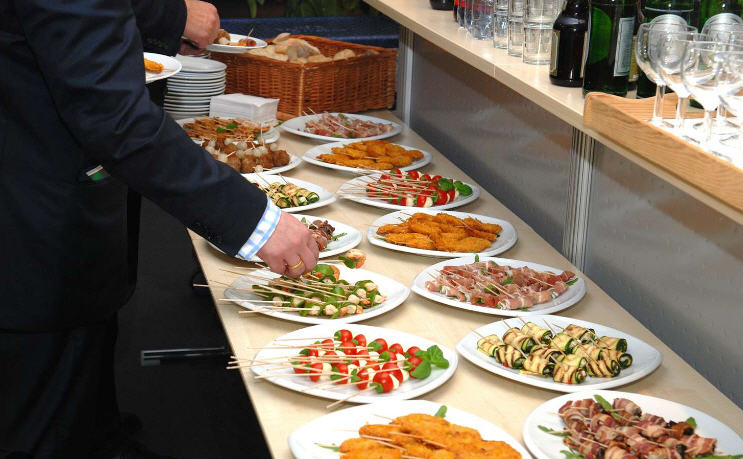
Key Performance Indicator (KPI) for Restaurants & Catering
To name a few:
Sales & Revenue KPIs
- Sales Revenue: Total revenue generated in a given period (daily, weekly, monthly). The top-line metric.
- Sales Growth: Increase in revenue over time. Are you expanding or contracting sales?
- Average Check Size: Average amount spent per customer or per table. Increasing this boosts revenue.
- Revenue per Seat (RevPASH): Revenue generated per available seat per hour. Especially useful for full-service restaurants.
- Number of Covers: The number of customers served during a defined period (lunch, dinner, etc.).
Customer Experience KPIs
- Customer Satisfaction Surveys (CSAT): Track satisfaction with food quality, service, ambiance, overall experience, etc.
- Net Promoter Score (NPS): Measures the likelihood of a customer recommending your restaurant.
- Online Reviews: Monitor reviews on platforms like Google, Yelp, and industry-specific sites. Actively address and learn from feedback.
- Repeat Visits: Percentage of customers who become regulars. Builds loyalty and repeat business.
Food & Cost Control KPIs
- Food Cost Percentage: The cost of food ingredients as a percentage of total food sales. Critical for managing profitability.
- Labor Cost Percentage: Percentage of revenue spent on labor costs. Helps manage the single largest expense for most restaurants.
- Prime Cost: The combined cost of your food and labor. Controlling this prime cost is essential for profitability.
- Inventory Turnover: How frequently inventory is sold and replenished. Helps optimize inventory levels and reduce waste.
- Menu Item Profitability: Analyze profitability by dish to make informed decisions about menu pricing and promotions.
Operational KPIs
- Table Turnover Rate: How often a table is served new customers during a set period. Higher turnover increases potential revenue.
- Food Waste: Track the amount of food wasted due to spoilage, preparation errors, etc. Minimize for optimal cost control.
- Order Accuracy Rate: Percentage of orders filled correctly the first time, minimizing food waste and customer dissatisfaction.
- Speed of Service: Average time from when an order is placed to when it’s served or delivered.
Catering-Specific KPIs
- Average Event Size: Average revenue or number of guests per catering event.
- Bookings: The number of catering events booked in advance for a given period.
- Customer Acquisition Cost (CAC): Cost of acquiring a new catering customer. Track this in relation to average event size to measure sales effectiveness.
